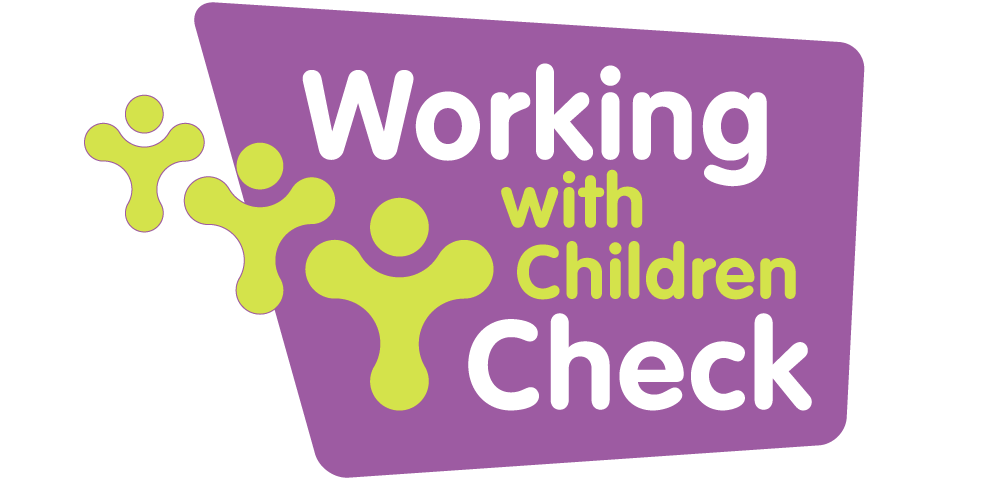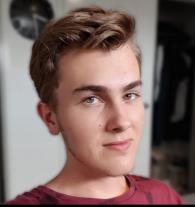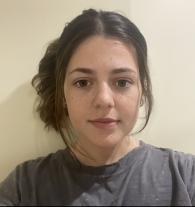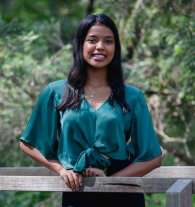
 Verified Tutor
Verified Tutor

What do I enjoy most about tutoring? 😁
Being able to teach younger students about the content and letting them have the opportunity to ask questions and learn new things. It also provides satisfaction when the student understands and completes questions on their own.My Strengths as Tutor 💪
I am friendly and not strict when it comes to tutoring people. If a student does not understand, I have the patience to not get frustrated but instead ask and understand which sections that students find difficult.Most important things I can do for a student 🏅
I think it is important for a tutor to make sure that the student understands the question and has a go at working it out by themselves. Providing good study methods and feedback for the student are also beneficial because it can help them improve and learn from their mistakes.Tutoring students in 👦 👧
- year 1
- year 2
- year 3
- year 4
- year 5
- year 6
- year 7
- year 8
- year 9
- year 10
About Elaina
Passionate About Maths and Problem Solving
Elaina is an enthusiastic tutor with a solid foundation in problem-solving and analytical skills, honed through her Bachelor of Computing Science. She has a natural talent for breaking down complex mathematical concepts into understandable segments, making learning enjoyable and effective for students. Her experience in data analytics further enriches her ability to provide clear and logical explanations, ensuring that students grasp the underlying principles of maths.
Dedicated and Motivated Educator
With a background of volunteering as an administrative assistant where she coordinated lessons, Elaina has proven her dedication to education. She brings excellent communication skills and a responsible attitude to every tutoring session. Her experience in working closely with both peers and experts showcases her ability to adapt teaching methods to fit individual student needs, fostering an environment where every student can thrive.
Versatile Skill Set for Comprehensive Learning
Beyond her technical expertise, Elaina''s varied experiences from customer service roles have equipped her with exceptional time management and multitasking abilities. These skills translate into well-organized and engaging tutoring sessions that keep students focused and motivated. Whether it''s primary school maths or high school English, Elaina''s versatile skill set ensures comprehensive support tailored to each student''s unique learning journey.











Recent Tutoring Comments:
lessons were cancelled last minute but i had already prepared all the homework for nelly..
lessons were cancelled last minute but i had already prepared all the homework for nelly..
cancellation of lessons should be notified both ways at least 24 hrs before the scheduled date.
After looking through his homework, he was able to solve worded math questions that required addition, subtraction and multiplication. Kush has significantly gotten ...
After looking through his homework, he was able to solve worded math questions that required addition, subtraction and multiplication. Kush has significantly gotten faster at solving simple addition and multiplication questions. He has also gained a bit more confidence in his answers and for some questions, he does not need confirmation on whether the answer is correct or not.
Kush still struggles with multiple digit addition but does attempt on solving them with his fingers. Although it does take more time, he is significantly improving. Sometimes he also skips numbers when he counts with his fingers so it would be good if he tried slowing down when counting.
Nelly was able to quickly grasp how to find the radius when the question only labelled the diameter. It was also really good to see her constantly rewriting the ...
Nelly was able to quickly grasp how to find the radius when the question only labelled the diameter. It was also really good to see her constantly rewriting the total surface area formula of a cylinder whenever she was doing the questions as it helps her memorise the formulas. Initially, she questioned and asked why she couldn't just use the calculator to solve the answer immediately but after explaining to her the purpose of solving with steps and leaving it in exact form with pi, she was able to understand and solve the questions in exact form first and then put it through the calculator again to achieve the correct answer.
Although she was extremely close, she was struggling to remember the area of a circle. It is important for Nelly to remember the especially area of a circle as it will be greatly used later on. She has told me that it was difficult for her to determine what lines in a shape are equivalent however, the only way to determine this would be to understand how the shapes function. For example, for 2d shapes, a square would mean that all sides are equal length, a rectangle would mean that the two opposite sides are equal and the other two sides are also equal. It would help her understand this if she drew out the shapes when she is solving the questions so that it can help her visualise and solve the question more efficiently.
Nelly was able to recognise how to find the area of a circle and understood how to find the radius by working backwards. After explaining how surface areas work and ...
Nelly was able to recognise how to find the area of a circle and understood how to find the radius by working backwards. After explaining how surface areas work and how it is the area of the 2d shapes that made the 3d figure, she was finding it easier to memorise. She was able to work quickly through surface area questions with sample cylinders. While working with cones, she was also able to easily grasp how to solve the question with the formula when the radius and slant length is given. Overall, Nelly was also able to understand the purpose of exact forms and how to solve the questions correctly with working out and without just putting everything in the calculator.
Especially since most of the previous homework was on algebra, it is important for Nelly to complete her homework as algebra is used universally in her school content and acts as revision of what we did in the sessions so that she doesn't forget how to solve them. Nelly was able to find the radius of a circle by working with just the area, however initially she found rooting the numbers difficult. More practice and knowledge on square numbers can significantly improve her ability to solve questions faster (such as r^2 = 64, therefore r = 8). Nelly was also struggling a bit with Pythagoras theorem. She slightly remembered the formula c^2 = a^2 + b^2 but once she got a^2 + b^2 she forgot to root it, instead she tried squaring the answer again. It would be good if she did more revision for this topic so that she can solve for c correctly. Although it comes with more practice and working through these types of questions, she was also struggling with understanding the diagrams and recognising which length is what (e.g. couldn't tell the difference between the height and the slant). Nelly also mentioned that she was confused about bearings so we worked on it a bit, however she finds it challenging to read the compass and understand what the question is asking for. As there is also a lot of letters and numbers on the compass graphs, she easily gets confused and distracted. Since it was also towards the end of the lesson and it was a difficult topic, she started losing focus.